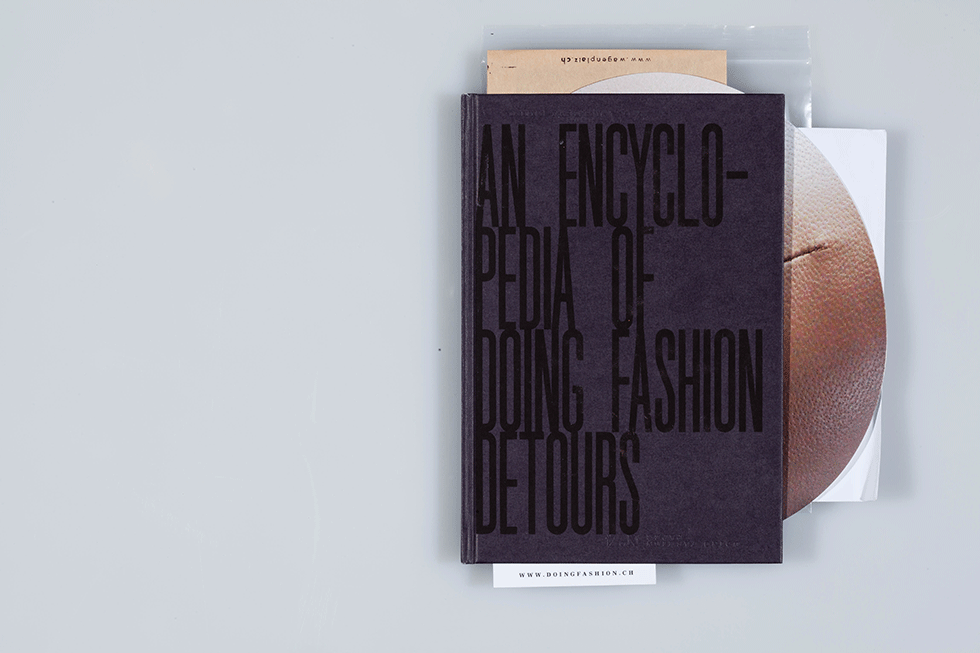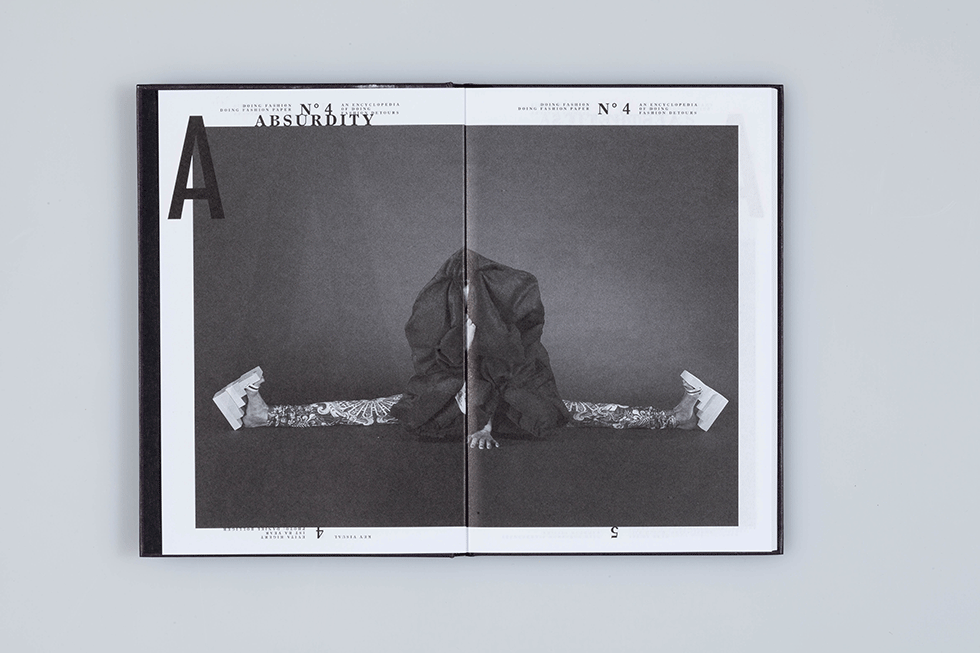DOING FASHION PAPER NO.4
This edition of the DOING FASHION PAPER started with a research trip into the unknown: triggered by the interest for Andrea Zittel’s Institute for Investigative Living, the editorial team flew to the Californian desert to gain insight about the creativity in Basel. This does not seem very logical. We experienced physically how the desert is immediately grounding us urban, hectic people and strongly influences our perception, spirit, soul and body. Confronted with this omnipresence of nature, terms such as spirituality, happiness and inner peace become crucial and it seems very easy to transfer them to daily life. Suppressed creative potential—hidden fire—is coming up. Which could be the places of power in one’s own environment? Creative hideouts—magic caravans, world dreamer campers—mirages you visit in order to create distance, to refill your batteries in order to come back full of energy and throw oneself into vibrant life.
Beside the experience of nature, we were most impressed by the human beings we met. People —most of them from Los Angeles—who widen their leeway by consciously taking the outer perspective and who use the terrain vague of the desert as a laboratory and field for experimenting for their own ideas. Stephanie Smith (Harvard-trained designer/architect) and Jay Babcock (editor/owner/co-founder of the music magazine ‘Arthur’) make perm culture come alive by rebuilding the left homesteader cabins in the desert into ecological apartments as well as by reforesting in line with the actual conditions. Go with the flow—don’t work against, but with nature.
We also met Garth Bowles, a spiritual man who, after a five-year-long pilgrimage all over the United States and Canada, barefoot and only wearing a cloth, is creating his own universe on a mountain top in Pioneertown. There, he is living together with friends in a tipi. Anyone who wants to get involved is welcome. And we met our angel of the desert: Katie Bachler. Artist, performer, art broker who accompanied us spontaneously and relentlessly and was always a sensitive partner for mind-broadening and eye-opening conversations.
What unites those people is their hands-on approach, the do-it-yourself as well as the do-it-together. To have no education in a certain field is no reason for not trying. The will and drive to do something—for instance, building a house— is stronger than the fear of failing. How much of this could we transfer to our daily life, to the study course, to the fixed structures in order to break up the latter?
Automatisation means standstill. For this reason, we design our editorial processes differently each time. In a certain sense, this is also a conscious detour that neither makes the work easier nor speeds up the process. Arbitrariness, spontaneity, rashness, playfulness and maybe banality in the editing process? A loose collection of ideas, amplified by external features from artists and projects from our environment. All this, we call encyclopedia—an overview of ongoing events at the institute, of the things our students are involved with, but ephemeral as fashion and contradictive like the strong characters who shaped it. Maybe it is more confusing than explaining.
We think this is right.



